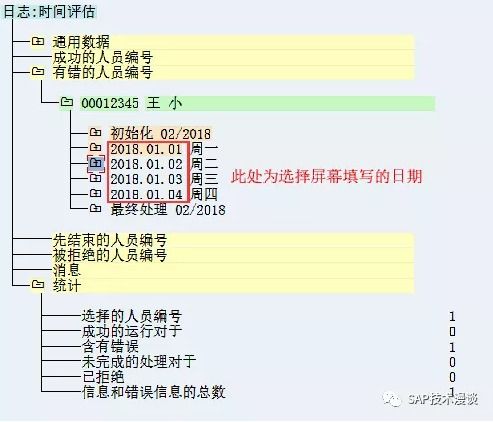
hr个模块的英文名,Introduction to HR Modules
时间:2024-09-26 来源:网络 人气:
Introduction to HR Modules

Human Resource Management (HRM) is a crucial aspect of any organization, ensuring that the workforce is effectively managed and aligned with the company's strategic goals. HRM encompasses various modules, each playing a distinct role in the overall management of human resources. In this article, we will explore the different HR modules and their corresponding English abbreviations, providing a comprehensive overview of each module's significance and functions.
1. Human Resources Planning (HRP)

Abbreviation: HRP
Human Resources Planning is the process of analyzing the current and future workforce requirements of an organization. It involves forecasting the number of employees needed, their skills, and the timing of their recruitment. HRP ensures that the organization has the right people in the right positions at the right time, contributing to the overall success of the company.
2. Employment Advertising and Disposition (EAD)

Abbreviation: EAD
Employment Advertising and Disposition is the module responsible for attracting potential candidates to the organization through various advertising channels. It also involves the process of selecting and hiring the most suitable candidates for the available positions. This module ensures that the organization maintains a high-quality workforce by effectively managing the recruitment process.
3. Training and Development (TD)

Abbreviation: TD
Training and Development is a critical module that focuses on enhancing the skills, knowledge, and abilities of employees. It includes various programs such as onboarding, leadership development, and skill training. TD ensures that employees are equipped with the necessary competencies to perform their jobs effectively and contribute to the organization's growth.
4. Performance Management (PM)

Abbreviation: PM
Performance Management is a module that involves setting clear goals, monitoring employee progress, and providing feedback to ensure that employees are meeting their objectives. It also includes the process of evaluating employee performance and rewarding high performers. PM helps organizations identify areas for improvement and promotes a culture of continuous development.
5. Salary and Welfare Management (SWM)

Abbreviation: SWM
Salary and Welfare Management is responsible for designing and implementing compensation and benefits packages for employees. This module ensures that the organization offers competitive salaries and benefits that attract and retain top talent. SWM also handles payroll processing, tax compliance, and other related administrative tasks.
6. Work Relations Management (WRM)

Abbreviation: WRM
Work Relations Management focuses on maintaining a positive and productive work environment. It involves managing employee relations, resolving conflicts, and promoting a culture of respect and inclusivity. WRM also addresses issues related to workplace safety, health, and well-being, ensuring that employees are satisfied and motivated.
Conclusion

Understanding the different HR modules and their functions is essential for organizations to effectively manage their human resources. By implementing these modules, companies can ensure that their workforce is well-trained, motivated, and aligned with the organization's strategic goals. This, in turn, leads to improved performance, increased employee satisfaction, and a competitive advantage in the market.
相关推荐
教程资讯
教程资讯排行













